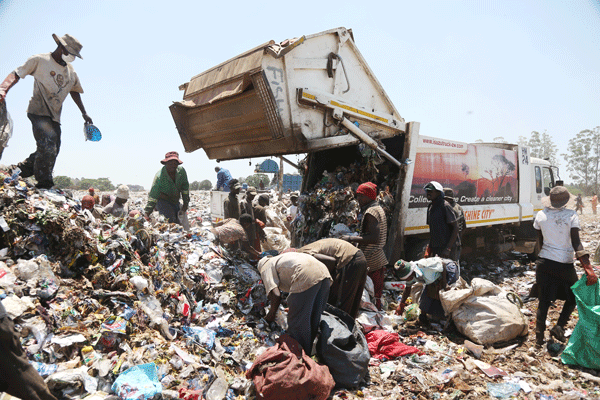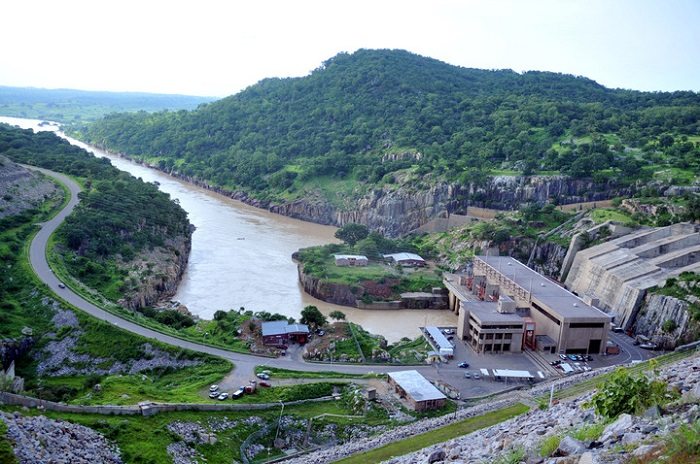Zim-Zam update US$5bn Batoka project feasibility
ZIMBABWE and Zambia have started updating the feasibility studies previously done on the planned US$5 billion Batoka hydropower project to be built on the Zambezi River.
The power plant was designed to generate 2 400 megawatts (MW) to be shared equally between the neighbouring countries.
While the two nations make frantic efforts to resolve their crippling power outages, the situation is not peculiar to them but is afflicting southern Africa as a region, including the region’s largest economy, South Africa.
This comes as Zimbabwe and Zambia prepare to retender for the Batoka project contract first awarded in 2019 to GeneralElectric and Power Construction Corp of China.
New bidders for the project are expected to be selected by September next year. The project will be re-tender following alleged irregularities in the initial tender process.
However, construction of the plant was initially expected to begin in 2020, but faced several delays to processes, including from challenges posed by theCovid-19 pandemic and difficulties in securing funding.
The Batoka project, when complete, would go a long way in improving the security of power supply in the two countries, which are both highly dependent on output from Kariba Dam.
Curtailed output from Kariba Dam’s north and south banks has plunged Zimbabwe and Zambia into energy crises that cause power outages lasting 18 to 21 hours, respectively.
Zambia’s installed power generation capacity of 3 457MW exceeds its peak demand of 2 300MW, but with 83 percent of this power coming from hydro, the country has been plunged into a shortfall of nearly 1 300MW due to the impact of droughts.
Zambia’s Kafue Gorge, Lower Kafue Gorge, and Itezhi-Tezhi Power Company hydropower plants are also operating at a fraction of capacity.
Zimbabwe’s situation is similarly dire, as the country is now able to generate plus or minus 1000MW out of its plus or minus 2 700MW installed capacity, largey comprising the 1 520MW rated Hwange Power Station and the 1050MW Kariba South Power station.
Zimbabwe suspended production from the three small thermals Bulawayo, Munyati and Harare, has they have become unreliable and too costly to run due to aged equipment.
Acute power shortage in Zimbabwe has negatively impacted businesses and the economy in general, derailing production in industry and commerce, increasing cost of power supply as business shift to expensive alternatives like fuel power generators while plunging households into long hours of darkness.
Kariba has become less reliable as a major source of energy for the two countries due to the impact of recurrent droughts, including the El Nino induced drought that seriously impacted energy and crop production this year and rising temperatures, driving faster evaporation in the giant reservoir.
Energy and Power Development Minister Edgar Moyo said in an interview that the Batoka project was among the energy projects to be pitched to investors at the Zimbabwe-Zambia Energy Projects Summit, which starts in Victoria Falls today.
“The Batoka project, among others; we are going to pitch them at the summit and investors will then make their own informed decisions.
“There is some work currently ongoing in terms of updating the feasibility studies previously done on the project for several reasons including economic considerations — cost-benefit analysis.
“Updated feasibility studies offer a revised cost-benefit analysis taking into account the changes in construction costs,interest rates and energy demand.
“It is also important to update the feasibility studies for a project such as Batoka so that a reassessment of financial viability is done as this helps to secure funding and investment commitments,” he said.
The initial feasibility studies on the Batoka hydropower project were commissioned by the Zambezi River Authority (ZRA) with financial support from the African Development Bank.
Over the years, Zimbabwe and the southern African region have experienced power deficits largely due to the lack of investments in power generation projects and climate change, which has adversely affected hydro-electric power generation and thus worsening the supply shortage.
Moreso, regional demand growth due to the expansion of economies in SADC, has led to rising electricity demand, further straining the existing power infrastructure.
Initiatives to improve electricity supply constraints in the region include the initiative by the Southern African Power Pool to foster electricity trade, enabling member countries to share excess energy while reducing dependence on expensive imports.
Countries in the region, including Zimbabwe, are also actively investing in renewable energy sources like wind and solar to diversify their energy mix and reduce dependence on fossil fuels.
Currently, Zimbabwe is experiencing critical power generation constraints, largely attributed to the El Nino-induced drought in the 2023/24 rainy season with water levels becoming extremely low and thus negatively impacting output at Kariba.
Zimbabwe and Zambia receive an equal amount of water from Kariba Dam for electricity generation allocated by the Zambezi RiverAuthority (ZRA), which is responsible for water management in the dam.
The dam was designed to operate at water levels between475,50 metres and 488,50m for hydropower generation. ZRA has indicated that usable water needed for electricity generation, as November 11, 2024 was 476,03m compared to477,88m in the corresponding period in 2023.
Consequently, this has forced Zimbabwe to rely mainly on Hwange ThermalPower Station whose installed capacity was raised to 1 520MW following the addition of Units 7 and 8, which added a combined 600MW.-herald








